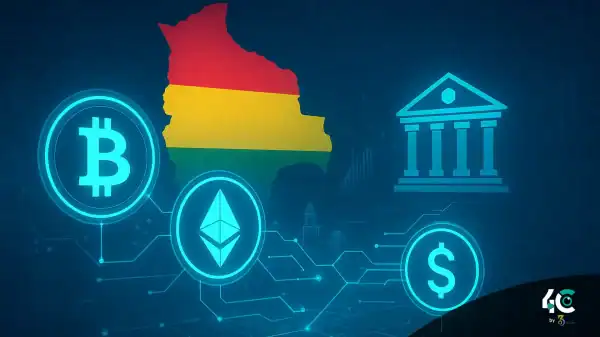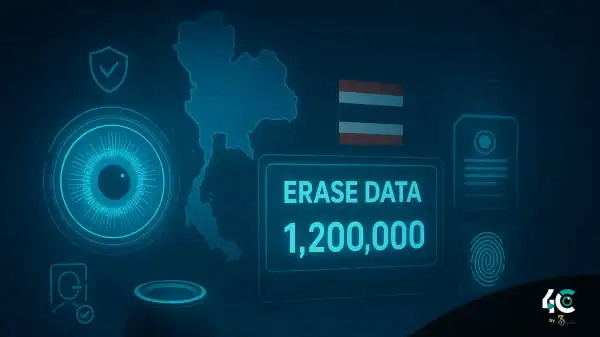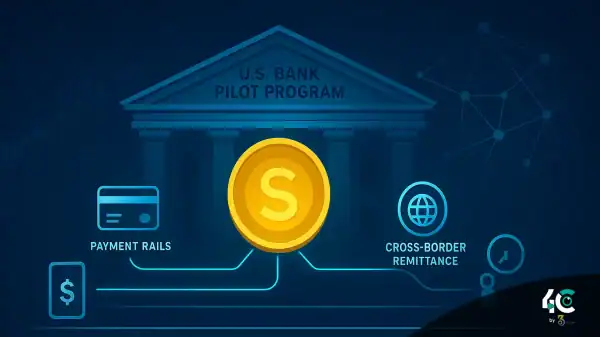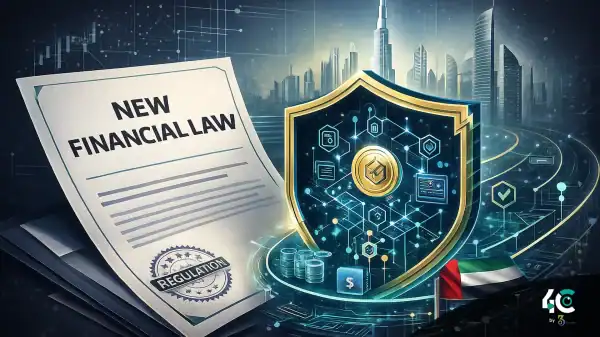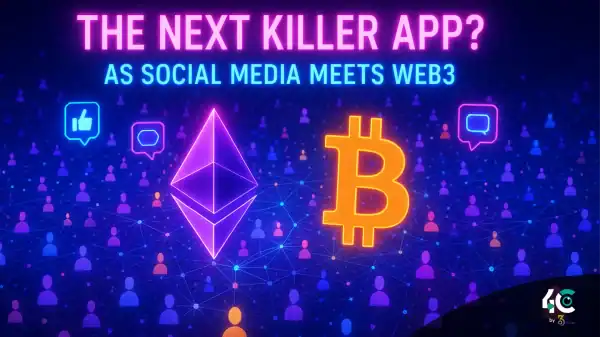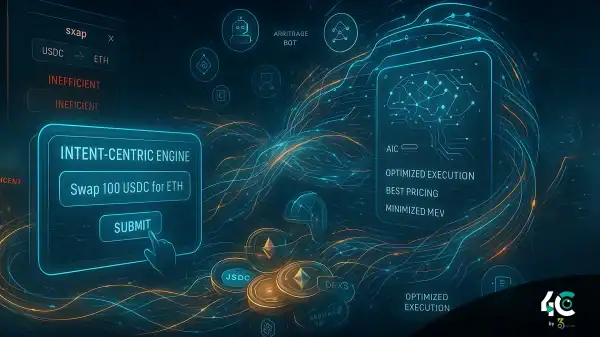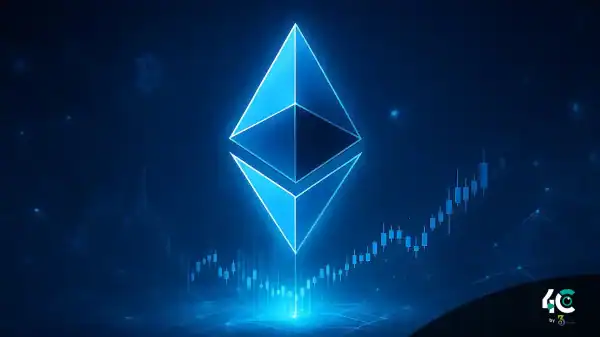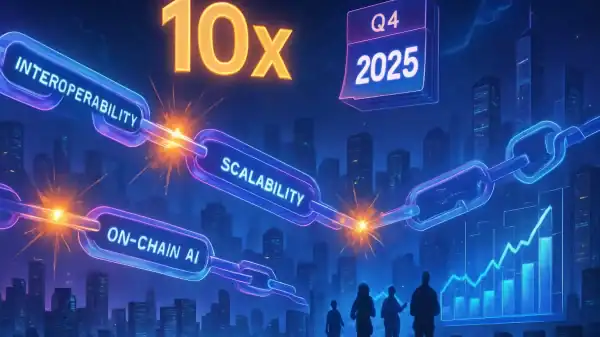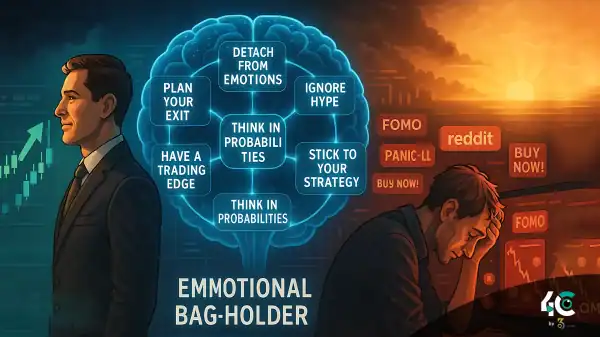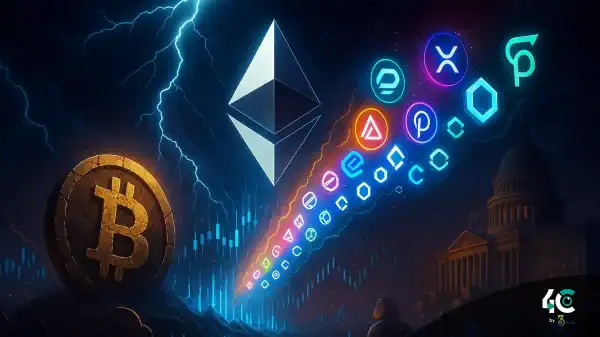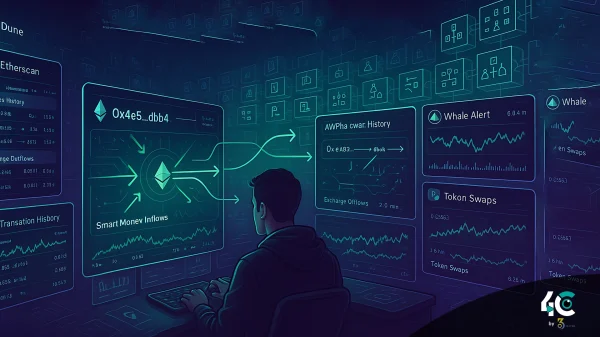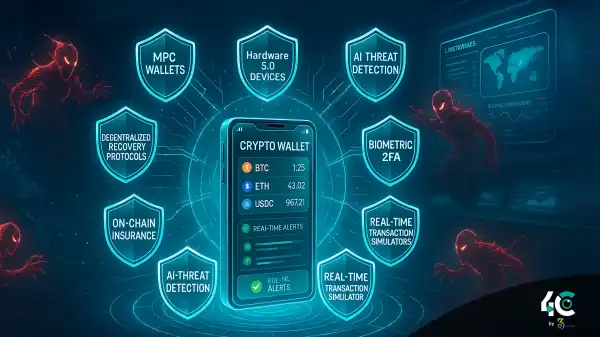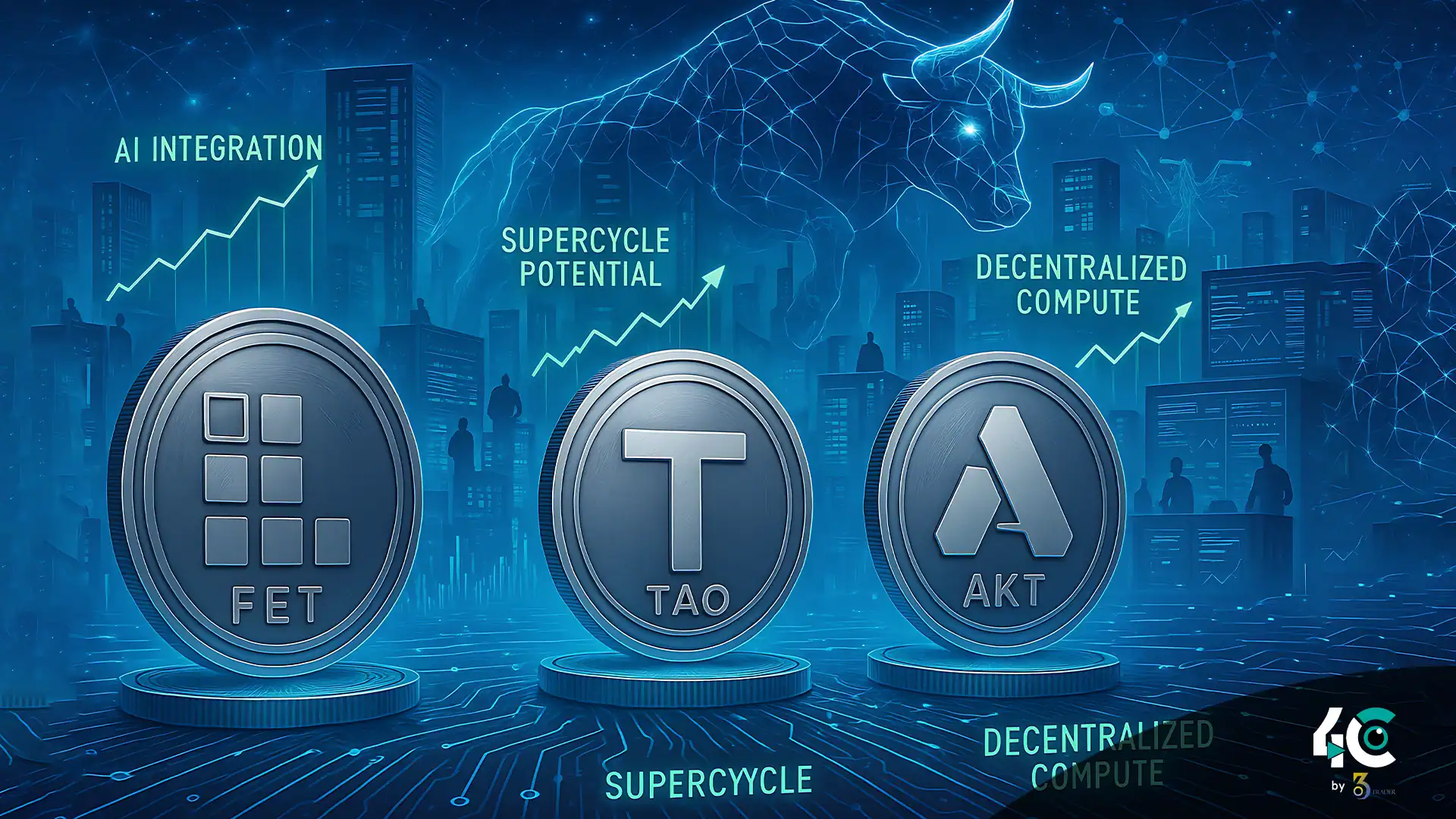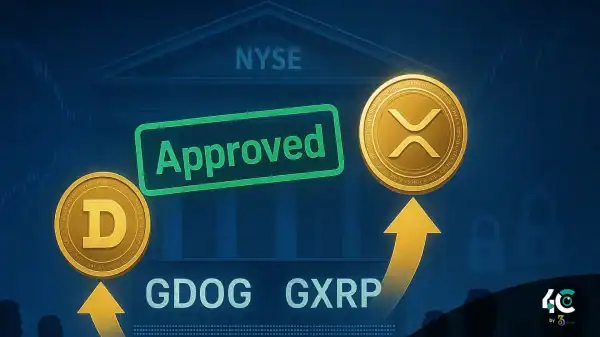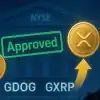Why AI Coins Are Gaining Attention
AI is changing businesses all over the world, from healthcare to banking. Blockchain technology can enable artificial intelligence software to access useful data more efficiently. As a result, it has gained much interest from investors and developers.
Several Factors Are Driving the Rise of AI Coins:
- Real-World Usefulness: Many AI projects are not just busy tokens; they can optimize your supply chain, power decentralized AI models, or provide cheap cloud computing.
- More enterprises and venture capital (VC) firms are investing in AI blockchain, which indicates growing institutional confidence in these technologies.
- AI-enabled smart contract and governance solutions can solve problems of scalability, energy efficiency and automation.
- With AI revolutionizing industries, these tokens will benefit from the demand for smart and decentralized systems.
Spotlight on Leading AI Coins
1. Fetch.ai ($FET): Machine Learning Economy
Fetch.ai is building an open-source platform for autonomous economic agents that can trade, optimize logistics, and run predictive analytics on their own.
Key Highlights Include:
- Combining artificial intelligence with supply chain management, decentralized finance (DeFi), and the Internet of Things (IoT).
- Partnered with big institutions such as Bosch and Deutsche Telekom.
- A strong ecosystem powered by grants and developer incentives.
Fetch.ai offers enterprise-grade solutions for AI-driven automation, making it attractive for both retail and institutional investors.
2. Bittensor ($TAO): Making Machine Learning Decentralized
Bittensor helps create a decentralized network to train machine learning models. Developers can use the protocol to access AI capability without relying on centralized providers like Google or OpenAI.
Standout Features Include:
- People who mine will contribute computing power to build better AIs. There must be a tokenomics that incentivizes these people.
- Researchers and developers create cutting-edge applications for the platform.
- Using AI tech to reduce barriers to entry and make it easier for everyone.
As businesses become increasingly integrated with AI, Bittensor’s decentralized, distinctive model offers disruption of established AI monopolies, making $TAO a primary asset in the AI economy.
3. Akash Network ($AKT): A Decentralized Cloud Computing Solution
Akash Network provides a decentralized alternative to cloud services such as Amazon Web Services (AWS) or Google Cloud, powered by blockchain and AI optimizations. Users benefit from lower costs by renting unused computing power with a guarantee of transparency and security.
Notable Features Include:
- Competitive pricing and flexibility are attracting businesses looking for a cloud solution that fits their budget.
- Integration with AI workloads like large language models and neural networks.
- Equinix Metal and Chainlink are strong partnerships that play a major role.
Global spending on cloud computing is likely to touch the $1 trillion mark by 2025. Meanwhile, $AKT and its AI integration with scalable infrastructure are likely candidates for mass adoption.
Comparing AI Coins to Traditional Blue Chips
We will compare AI coins against large established players like Bitcoin ($BTC) and Ethereum ($ETH) to see if they can become the next blue chips.
Bitcoin is more like a ‘valuable’ thing, while Ethereum is more like a ‘base on which another thing is built upon’. Both have achieved widespread adoption and recognition.
AI coins, which refer to coins that are AI-focused. What makes this group unique is their mission to solve real-world problems using AI. While Bitcoin and Ethereum remain the mainstays for store of value and a crypto-first platform, some of the AI coins like $FET, $TAO, $AKT, etc., can provide a measurable impact across industries and ultimately lead to the next wave of growth in crypto.
Will AI Coins Lead the Next Supercycle?
There’s evidence to suggest that AI coins will be the next primary crypto sector for growth.
1. Macro Trends Favoring AI Adoption
AI-focused investments by governments and companies are creating a new tailwind for blockchain-based AI offerings. As tools like ChatGPT and DALL-E become more prevalent, the essential need for alternatives to the existing centralized providers has emerged.
2. Increasing Developer Activity
The developer communities of Fetch.ai and Bittensor are vibrant and expanding their use cases. Strong grassroots support and lasting sustainability are demonstrated by contributions to GitHub and attendance at hackathons.
3. Growing Institutional Backing
Venture capital firms are betting billions on top AI and blockchain startups, showing confidence in their merger. Tech giants boost legitimacy, even if mass adoption is gradual.
Challenges Ahead
Though AI coins seem promising, there are challenges that might slow their blue-chip ascent.
- Governments can implement restrictions on AI technologies that can impact associated crypto projects.
- Building user-friendly and scalable AI-blockchain integrations is complex.
- Due to their volatility, AI coins cannot be considered a safe investment for purists and long-term holders.
In Conclusion, It Is Smart and Decentralized
AI coins are the new crypto, which adopts cutting-edge technology into a blockchain decentralized system. Fetch.ai (FET), Bittensor (TAO), and Akash Network (AKT) have already shown considerable traction thanks to their ample real-world utility and institutional backing. Although obstacles still exist, the macro trends they line up with and the innovative approaches they take make them strong contenders to lead the next crypto supercycle.
The future belongs to all those who are intelligent, whether we are talking about AI or money.
Conclusion
Cryptos like $FET (Fetch.ai), $TAO (Bittensor), and $AKT (Akash Network) could be next-gen blue chips due to their real-world utility, enterprise partners, and relationship with the AI boom. Cryptocurrency tokens can drive the next crypto supercycle by solving automation problems, machine learning problems, and decentralized computing problems. Nevertheless, they must resolve regulatory scrutiny, technical complexity, and market volatility for mainstream adoption and long-term sustainability.


